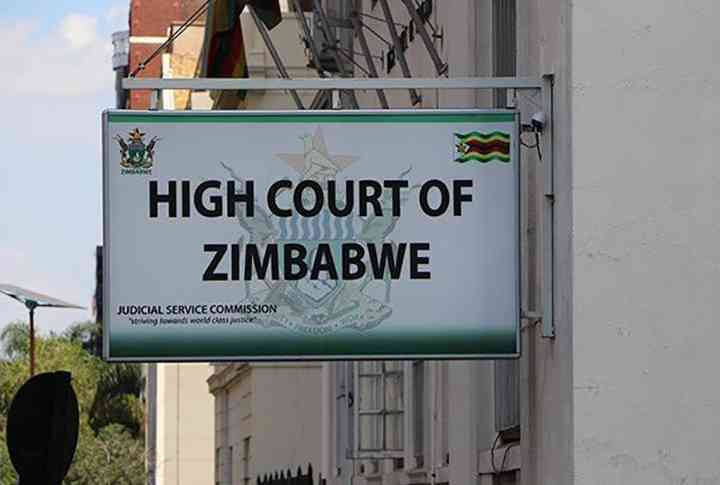
By Tanyaradzwa Nhari
THE Zimbabwe Energy Regulatory Authority (Zera) promotes the investment opportunities present in Zimbabwe’s energy sector for the investors.
Zimbabwe has vast energy resources that are not being used. The energy sector has opportunities that can draw in a lot of investors that will then boost the economy of the country.
“The country’s economic potential is under-pinned by the best solar radiation, vast biofuels, significant wind potential, perennial river for small hydro projects and coal-bed methane (CBM) deposits,” Zera said in its information brochure.
Due to the current population, electricity supply is outstripped by demand, hence this creates room for opportunities for either direct investment or joint venture participation with the power utility.
According to Zera approximately 5 000W can be harnessed along the Zambezi River and shared with Zambia.
“The country’s eastern highlands have a terrain and rainfall pattern favourable for the generation of power from a mini-hydro,” said Zera.
The World Bank partially funded the Batoka Gorge hydropower project which is a joint venture between Zimbabwe and Zambia for the possibility of studies and environmental impact assessment and this project will include two 12000MW power plants.
- Chamisa under fire over US$120K donation
- Mavhunga puts DeMbare into Chibuku quarterfinals
- Pension funds bet on Cabora Bassa oilfields
- Councils defy govt fire tender directive
Keep Reading
Zimbabwe’s solar energy is the country’s energy sector that hasn’t been exploited at commercial level and the solar radiation is averaging 20MJ per square meter and 3 000 hours of sunshine per year.
“Solar PV technology has potential of over 3000MV, whilst only 1% of the technical potential for solar water heaters is being exploited,” said Zera.
Zera added that the solar PV systems can be deployed in both rural and urban areas for, amongst many things, pumping water for rural communities, solar dryers, lighting and appliances at rural institutions (schools and clinics) and water heating in rural areas (solar thermal).
The wind energy remains largely untapped for use by customers, who are remote to the existing grid and also for grid-connected systems.
A survey of the area showed that potential for wind is there, however the extent of the potential and the locations are yet to be established.
Coal is one of the biggest energy resources in Zimbabwe and all the coal resources are over 12 billion metric tonnes are situated mainly in the north-western parts of the country.
Zimbabwe possess good quality coal, with calorific values ranging from 20 to 32 MJ/Kg (mega joules/kilograms)
“Zimbabwe has approximately 40 terra cubic feet (1,132 terra cubic meters) of coal bed methane (CBM) located in the western and southern parts of the country. This resource could be commercially exploited for power production and used as feedstock for the petrochemical industry,” the energy regulator said.
Zimbabwe’s CBM is ranked as the 11th largest in the world, after South Africa.
Through the expansion of sugarcane growing to produce ethanol, Zimbabwe has targeted to substitute 10% of the nation’s fuel requirement with bio-fuel.
“The country is also producing biofuel at a small-scale from jatropha. Production of bio-diesel is, however, constrained by feedstock as most capacity is lying idle,” Zera said.









